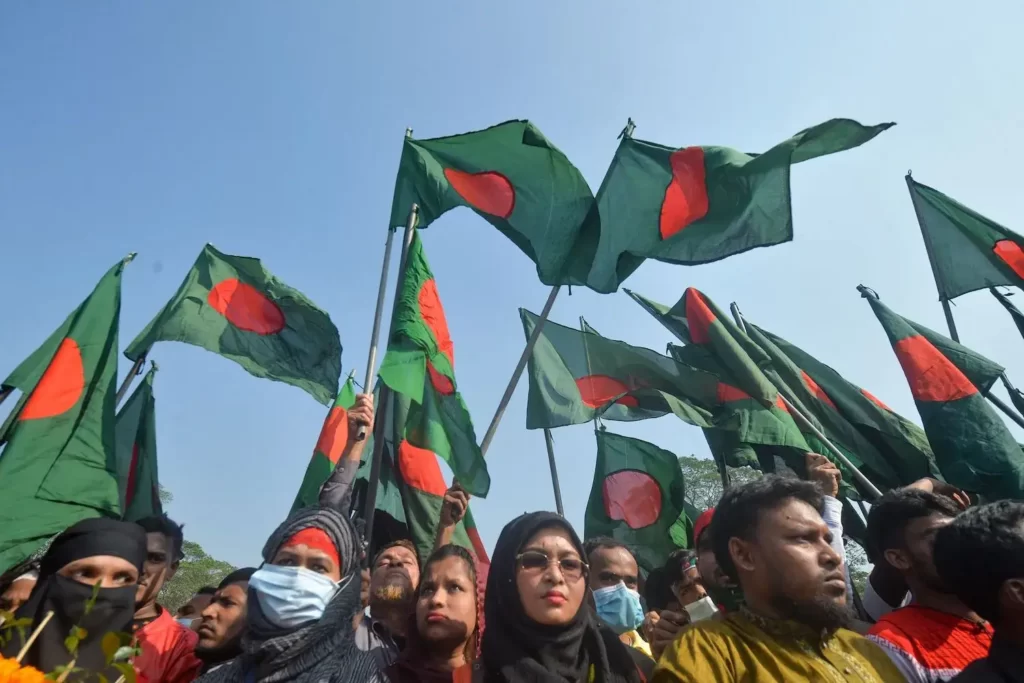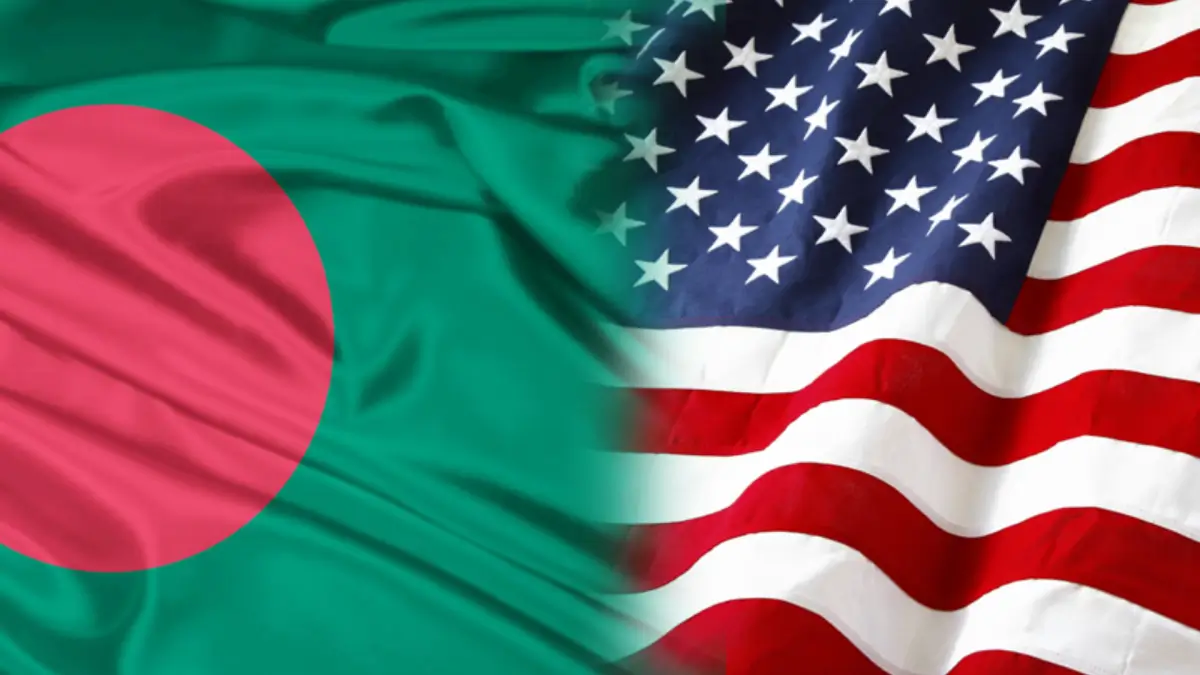According to the U.S. Census Bureau, there are over 300,000 individuals of Bangladeshi origin living in the United States. The Bangladeshi diaspora in the USA has grown significantly over the years, with many individuals and families immigrating for various reasons, including education, employment opportunities, and family reunification. Bangladeshi communities can be found in various states across the country, with significant concentrations in areas such as New York, California, Texas, and New Jersey.
A brief overview of the Bangladeshi Diaspora
The Bangladeshi diaspora comprises individuals of Bangladeshi birth, descent, or origin who live outside of Bangladesh. This population is estimated to be around 13 million, making it the fourth highest among the top 20 countries of origin for international migrants. The largest Bangladeshi community is found in Saudi Arabia, with significant populations also in the United Kingdom and the United States.
In the United States, Bangladeshis form a notable part of the Asian American community. According to the Pew Research Center, the Bangladeshi population in the U.S. has been steadily growing since 2000, reaching over 200,000 in 2019. This population is known for its high educational attainment and English proficiency. However, it is also characterized by relatively high poverty rates compared to other Asian American groups.
Bangladeshis in the U.S. are concentrated in a few metropolitan areas, with the largest communities found in New York, Los Angeles, and Washington D.C. The demographic characteristics of this population show a strong emphasis on family and multigenerational households, with a significant proportion of women giving birth in the past 12 months.
Factors driving Bangladeshi migration to the United States

Bangladeshi migration to the United States has been driven by several factors. Firstly, Bangladesh’s high population density and low-lying delta lands make it prone to natural disasters such as flooding, cyclones, and hurricanes. The frequent displacement and devastation often push Bangladeshis to seek better opportunities in more stable countries like the US.
- Secondly, Bangladesh’s economy has struggled since gaining independence in 1971, which left the country in a state of political instability and poverty. This has led to individuals and families seeking better economic opportunities and higher standards of living in the US. In addition to this, the agriculture-dominated economy and limited industrial growth have also pushed Bangladeshis to look for jobs in more diverse industries found in the US.
- Thirdly, the political history and prevalence of civil strife in Bangladesh have driven people to seek political asylum in the United States, where they can enjoy more political freedom and stability. Additionally, the linguistic similarities between English, Bengali, and Urdu have facilitated smoother integration into American society.
- Lastly, the presence of established Bangladeshi communities in the US has created a support system for new immigrants, acting as a pull factor. The sense of community and social networks built by Bangladeshi Americans have attracted more immigrants over time, contributing to the growth of this population in the United States.
Demographic Profile of Bangladeshi Americans
The Bangladeshi American community has experienced significant growth in recent years, with a wide array of demographic characteristics. Many have migrated to the United States since the early 1970s, making them one of the fastest growing ethnic groups in the country. New York City is the main hub for this community, housing nearly two-thirds of the entire population.
- Other metropolitan areas in the Northeast, Mid-Atlantic, and Great Lakes regions have also seen an increase in Bangladeshi Americans. Smaller concentrations can be found in states like Texas, California, and Nevada. Urban areas and working-class neighborhoods are particularly popular for settling.
- When it comes to religion, most Bangladeshi Americans are Muslims, although Bengali-speaking Hindus from India also form part of this community. Language-wise, Bengali is the majority language, with a significant number achieving English proficiency.
- In terms of education, the Bangladeshi American population demonstrates a range of educational levels. Many arrive in the country as skilled professionals through immigration programs like the Diversity Immigrant Visa Program, which does not require professional or educational criteria.
- The economic profile of Bangladeshi Americans varies, with many working in blue-collar jobs, such as taxi driving and restaurant work. At the same time, some are part of the labor force and have positive earnings, contributing to the diverse makeup of this growing population.
Socioeconomic Status of Bangladeshi Americans
Bangladeshi Americans are one of the fastest growing ethnic communities in the United States since the early 1970s. Most are Muslims with roots in Bangladesh and are concentrated in metropolitan areas such as New York City, which has two-thirds of the American Bangladeshi population. Other notable cities with Bangladeshi American communities include Paterson, NJ; Atlantic City, NJ; Buffalo, NY; Washington, DC; Los Angeles; Boston; Chicago, and Detroit.
Economic and societal factors play a role in shaping the lives of Bangladeshi Americans. Many are employed in blue-collar roles such as taxi driving and restaurant work, which may be due to the Diversity Immigrant Visa Program’s lack of professional and educational criteria. The Pew Research Center found that in 2019, the median income for this demographic was $25,000, with 22% living in poverty.
In terms of education, 32% of Bangladeshi Americans hold a bachelor’s degree, and 59% have at least a high school diploma. As a result, this community continues to evolve and grow, celebrating their heritage in events like the Baishakhi Mela, which takes place in major cities across the country.
Social and Political Engagement of Bangladeshi Americans
Bangladeshi Americans are known for their active social and political engagement in various forms. They often come together to celebrate cultural events, preserve traditions, and voice their opinions on crucial issues.
- One way Bangladeshi Americans engage socially is through community gatherings and associations. Associations like the Los Angeles Bangladesh Association have been established to provide support and networking opportunities for the community. These events usually include cultural programs, like the Baishakhi Mela, showcasing the rich Bangladeshi cultural heritage, especially in major cities such as New York, Los Angeles, and Washington DC.
- Another aspect of the community’s engagement comes in the form of political activism. Bangladeshi Americans actively participate in the political process, voting in local and national elections, and advocating for policies that affect their community. They have also been known to hold protests and rallies to raise awareness on issues close to their hearts, like immigrant rights and social justice.
- Lastly, Bangladeshi Americans contribute to the broader society by being actively involved in various professions like business, healthcare, and education. They also invest their time and resources in charitable causes to aid those in need back in Bangladesh, as well as within their local communities in the United States. This multifaceted engagement reflects the community’s strong ties to their roots and their commitment to being responsible global citizens.
Conclusion
In conclusion, the Bangladeshi population in the United States is one of the fastest-growing immigrant groups. This community faces significant challenges related to health disparities and social and economic factors. With over half of the surveyed population reporting fair or poor health, there is a pressing need for early health promotion and prevention interventions.
References:
https://www.pewresearch.org/social-trends/fact-sheet/asian-americans-bangladeshis-in-the-u-s/

